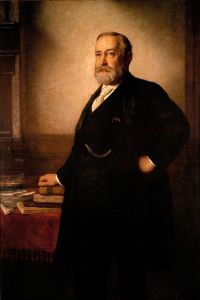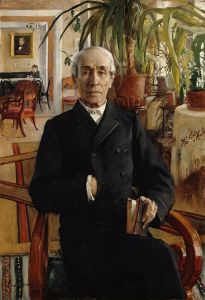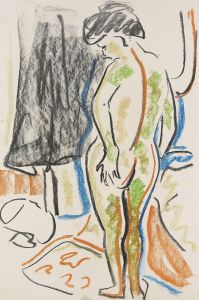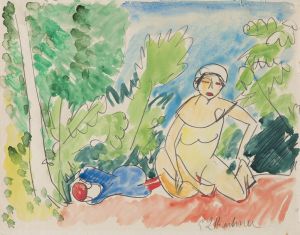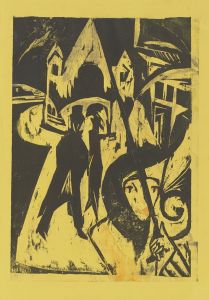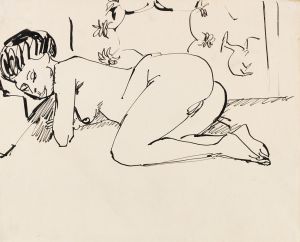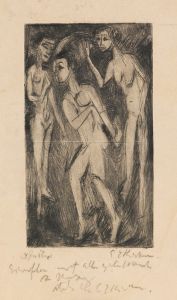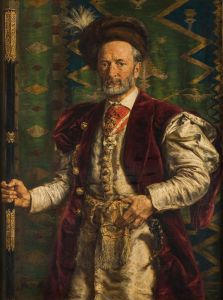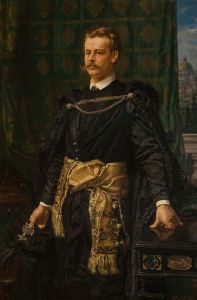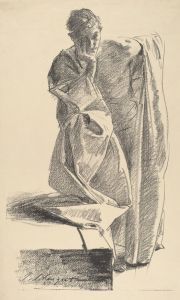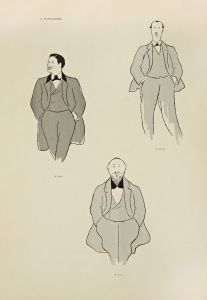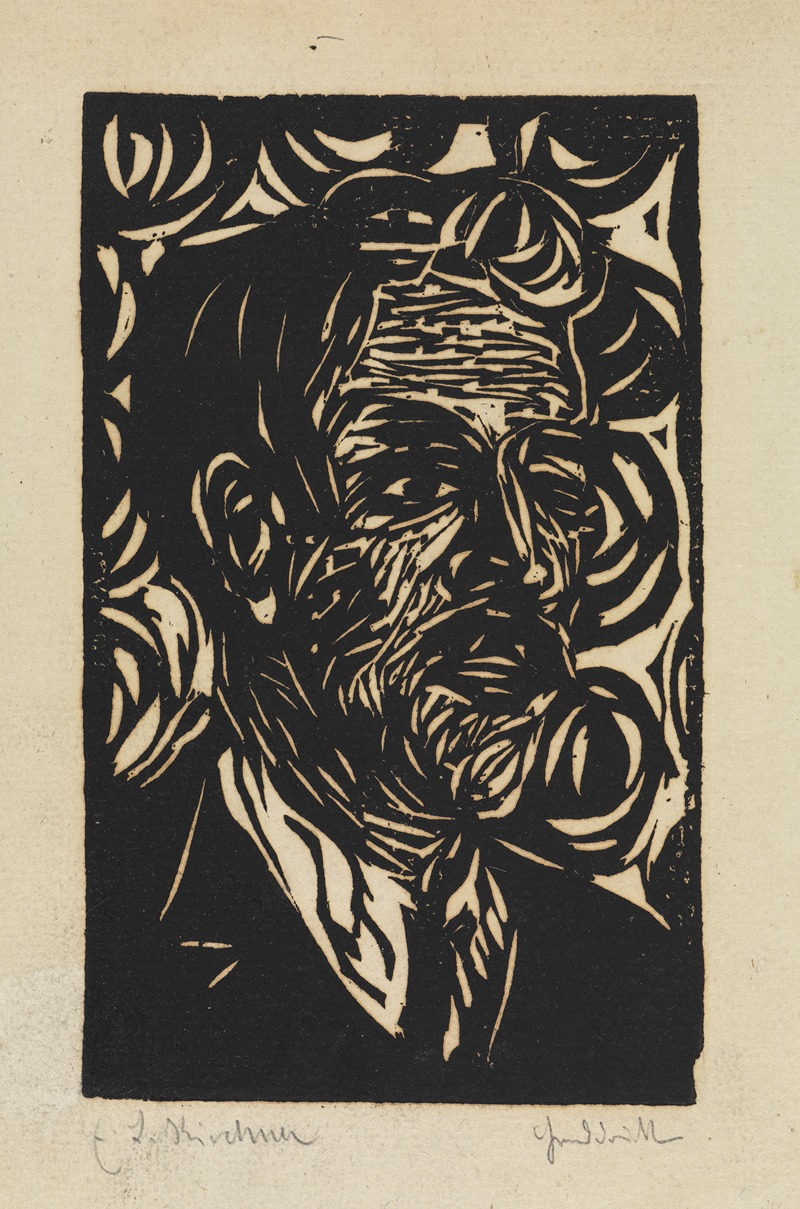
Porträt Max Pechstein
A hand-painted replica of Ernst Ludwig Kirchner’s masterpiece Porträt Max Pechstein, meticulously crafted by professional artists to capture the true essence of the original. Each piece is created with museum-quality canvas and rare mineral pigments, carefully painted by experienced artists with delicate brushstrokes and rich, layered colors to perfectly recreate the texture of the original artwork. Unlike machine-printed reproductions, this hand-painted version brings the painting to life, infused with the artist’s emotions and skill in every stroke. Whether for personal collection or home decoration, it instantly elevates the artistic atmosphere of any space.
"Porträt Max Pechstein" is a painting by the German expressionist artist Ernst Ludwig Kirchner. Created in 1910, this portrait is a significant work within the context of early 20th-century German art, reflecting the dynamic and often turbulent artistic environment of the time.
Ernst Ludwig Kirchner (1880-1938) was a founding member of the influential German expressionist group Die Brücke (The Bridge), which was established in Dresden in 1905. The group sought to create a new form of artistic expression that bridged traditional academic art and modernist experimentation. Kirchner's work is characterized by bold colors, dynamic compositions, and a focus on the emotional and psychological depth of his subjects.
Max Pechstein (1881-1955), the subject of this portrait, was also a prominent member of Die Brücke. Pechstein joined the group in 1906 and quickly became one of its leading figures. His work, like Kirchner's, is marked by vibrant colors and expressive forms, and he played a crucial role in the development of German expressionism.
In "Porträt Max Pechstein," Kirchner captures his fellow artist with a sense of immediacy and intensity. The portrait is notable for its use of vivid, non-naturalistic colors and its dynamic brushwork, both of which are hallmarks of Kirchner's style. The painting conveys a sense of the close personal and professional relationship between the two artists, as well as their shared commitment to pushing the boundaries of artistic expression.
The composition of the portrait is striking, with Pechstein depicted in a frontal pose, his gaze directed towards the viewer. This direct engagement creates a sense of intimacy and immediacy, drawing the viewer into the psychological space of the subject. The background is rendered in bold, contrasting colors, which serve to highlight the figure of Pechstein and add to the overall emotional impact of the work.
"Porträt Max Pechstein" is an excellent example of Kirchner's ability to convey the inner life of his subjects through his distinctive expressionist style. The painting reflects the broader goals of Die Brücke, which sought to capture the raw, unfiltered emotions of modern life and to break away from the constraints of traditional academic art.
Today, "Porträt Max Pechstein" is recognized as an important work within the canon of German expressionism. It is held in high regard for its artistic innovation and its role in documenting the relationships and collaborations that were central to the development of this influential movement. The painting is part of the collection of the Brücke Museum in Berlin, which houses an extensive collection of works by Kirchner and other members of Die Brücke.
In summary, "Porträt Max Pechstein" by Ernst Ludwig Kirchner is a significant work that captures the essence of German expressionism and the close-knit community of artists who were instrumental in its development. Through its bold use of color and dynamic composition, the painting offers a powerful insight into the artistic and emotional landscape of early 20th-century Germany.





